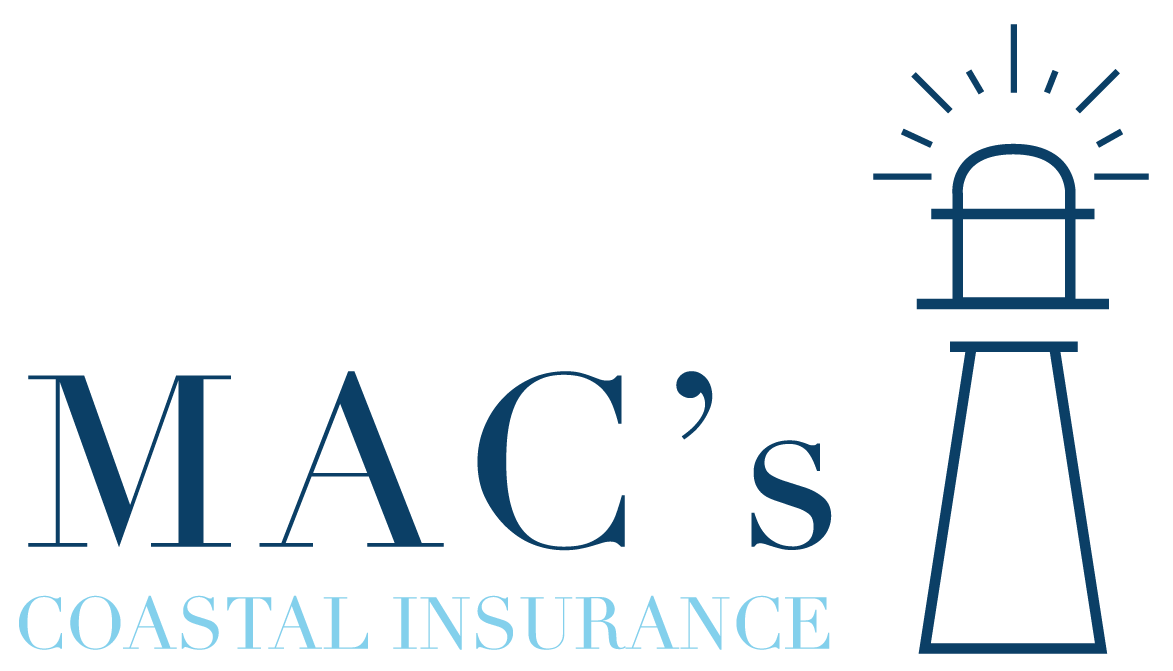There is indeed nothing more important than home. It often provides comfort and safety that can’t be found elsewhere. However, having a home comes with challenges; and one is flooding. If you own property in a flood-prone locale, you would need an insurance program to mitigate loss incurred by flooding.
Over the years, the NFIP has been responsible for protecting home and property owners from losses incurred by flooding. However, Private Flood Insurance Companies have also begun to gather more clients from property owners in flood-prone areas.
Have you been wondering what flooding insurance program is best suited for your needs? Do you want to know the best ways to mitigate the loss that can be caused by flooding? This article is for you if you’ve had a hard time choosing between the National Flood Insurance Program (NFIP) and Private Flood Insurance. Let’s take a quick look at some of the advantages and disadvantages of both insurance programs.
Advantages of the NFIP
- Insurance payment is not a loan and doesn’t require repayment.
- Insurance coverage stands even if your location is not declared flooded.
- Insurance policies are continuous and can’t be cancelled in the event of recurring risks.
Disadvantages of the NFIP
- The extent of damage coverage is restricted by stringent policies.
- Setting up insurance coverage takes a very long time.
Advantages of Private Flood Insurance
- More comprehensive insurance coverage
- Deductibles are fewer and more favourable
- Faster insurance arrangement and conclusion.
Disadvantages of Private Flood Insurance
- Insurance services can be cancelled at any time, especially in high-risk events.
- Lenders may be unwilling to accept, or even completely reject the policy.
- Rates are unstable and could increase suddenly.
In essence, if you are in a location with high flood risks, you might be better off insured by the NFIP. However, if you seek a wider risk coverage and a speedy insurance policy setup, the Private Flood Insurance Program might be your best bet.
